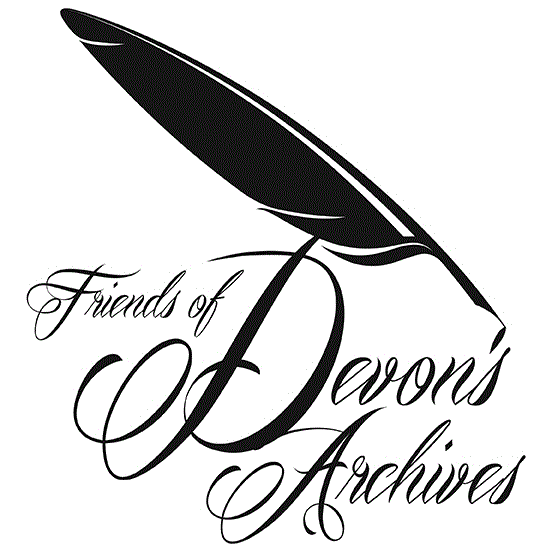Portrait of Bampton, Devon, in the Eighteenth Century
By Tom McManamon
Welfare of the Poor
The welfare of the poor had been the responsibility of the monasteries until the reformation, after which it became the concern of the local parish. Then, the private giving of alms for the poor became an offence, other than collections at church on Sundays. An Act of Parliament in 1572 created the Office of Overseer of the Poor which co-ordinated funds and endowments for the poor. In 1601 a tax was levied which financed poor relief, the Poor Rate, but an Act of 1834 insisted that anyone who was not in a position to support himself or his family should enter a Workhouse or Poorhouse. This meant the entire family entering even if only one member of it was distressed, although many workhouses broke the law by ignoring this rule. The rules governing these houses were akin to those operating in prisons, to the point of food being of poor quality and measured in ounces, and there being no visitors allowed except in the case of illness, and then only on Sundays for exactly one hour. Everybody over the age of 8 was expected to work. For purposes of the Act, groups of parishes were brought together to form a Union. Bampton was in the Tiverton Union and had its own workhouse, now The Old Malthouse in Briton Street. It was the workhouse from 1732, its first governor being Thomas Style, until around 1830 when it became a brewery. It has since served as a Youth Hostel. A weatherbeaten headstone in the churchyard commemorates Robert Browne, Surgeon of the Parish, who died in 1782, who had an annual salary of £8.0.0. for looking after the poor of the workhouse "in Physick, Surgery, and Man-midwifery". People did all they could to avoid entering the workhouse doors, some by starving themselves, others relying on payments from private charities.
Richard Hill of Quartley, on 19 February 1774, Willed that 5/-. be paid annually from his messuage (plot of land) and premises called Stone Tenement or Popes, to the poor of the Shillingford and Petton Quarters, the payments to alternate between both Quarters each year. In making this gift, he was following the footsteps of his father, who at the end of the 1600's had received £5.0.0. from one Still for the poor. When Richard died his executor was his nephew, also Richard, who sold the premises to Edward Milton and died a pauper. During his lifetime and thereafter, no payments were made.
£2.4.0. was paid by the churchwardens for bread for the poor when King George I was proclaimed on 1 August 1714. It seems that there was quite a party. Drummers and "fidlers" were paid 5/-.
On April 8 1690, one Jane Prowse made the sum of £250 available for the "use, benefit and behoof of such godly and pious persons of serious and exemplary conversations and teachers of God's Holy Word in and about the towns of Dunster and Stogumber and Taunton ..... who were then commonly called by way of reproach Anabaptist...." The interest of £50.0.0. was to be given to the teacher or teachers and preachers of the Baptized Church in Taunton, and the interest of the remaining £200 was to go to those in Dunster and Stogumber. On 24 December 1729 the farmstead and mill of Ganders in Shillingford was purchased by way of investment of the capital, the proceeds of which was to be used as directed by Jane Prowse in 1690.
There is a reference to a School Charity in 1624 in the The National Archives in London. On 12 August 1679, a licence from the bishop was granted to James Style to teach reading, English, writing, and arithmetic. Where the school was held is not known. In 1682, Nicholas Mellary taught at the school, but had omitted to obtain a licence from the bishop. He was excommunicated for his trouble on 16 December. In 1705, two letters were addressed to the bishop of the diocese appealing for a change of schoolmaster. The preferred candidate was James Sealy alias Taylor who was described in one of the letters as "a man very careful, honest and industrious, and much fitter for it than our present School-master, who is very careless and negligent of his boys, very idle and scandalous....". James Taylor received his licence on 3 September. On 9 May 1783 a "large commodious dwelling" was advertised to let. It was in use as a boarding school for young ladies in the occupation of Mrs. Symonds and Miss Crisp. Applicants were to contact Richard Bowden.
Continue to next section Return to previous

